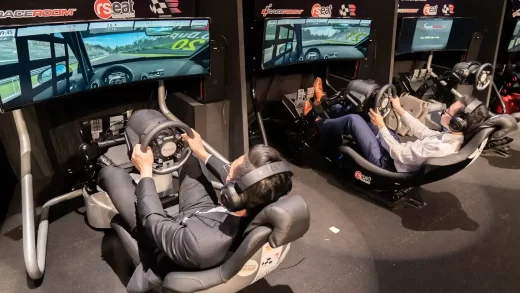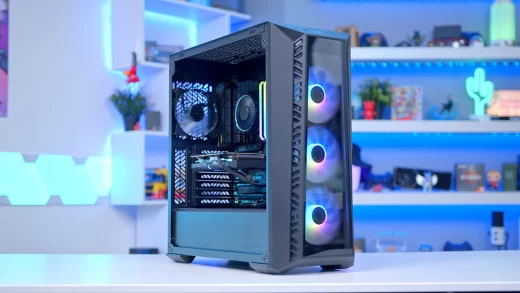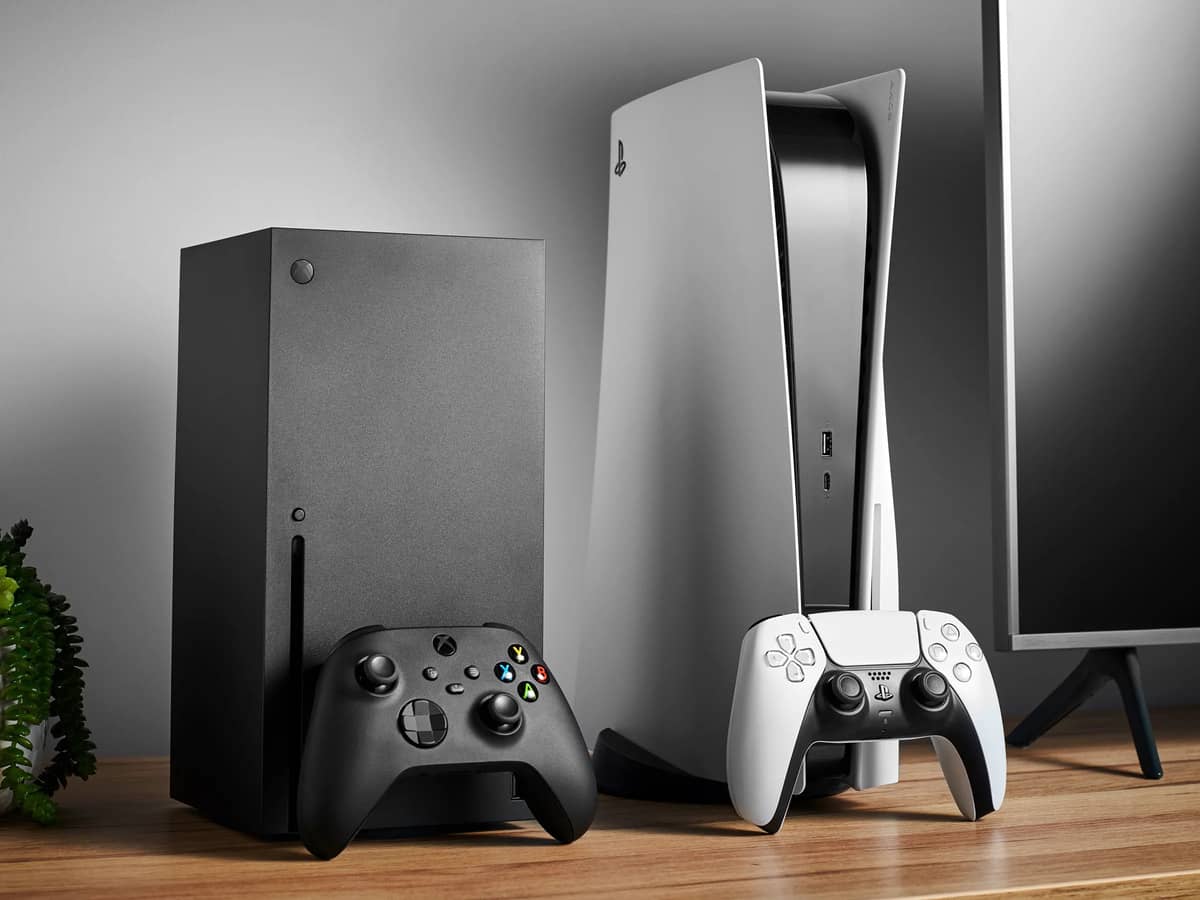Gaming consoles have come a long way since their inception, revolutionizing the way we play and experience video games. From the simple 8-bit graphics of the NES to the cutting-edge technology of the PS5, each generation of gaming consoles has brought forth innovations that shaped the gaming industry. In this article, we’ll embark on a journey through time, exploring the evolution of gaming consoles and the significant milestones that have defined gaming history.
1. The NES: Introducing Home Gaming
In 1985, Nintendo released the Nintendo Entertainment System (NES), kickstarting the home gaming revolution. With iconic titles like “Super Mario Bros.” and “The Legend of Zelda,” the NES laid the foundation for what would become a multi-billion dollar industry.
2. Sega Genesis and Super Nintendo: The Console Wars Begin
The early ’90s witnessed the emergence of the Sega Genesis and Super Nintendo Entertainment System (SNES). This marked the beginning of the console wars, with both companies vying for dominance. Gamers experienced enhanced graphics, faster processors, and a growing library of games.
3. Sony PlayStation: Redefining Gaming
In 1994, Sony entered the gaming arena with the Sony PlayStation. It introduced CD-based gaming, allowing for larger and more immersive worlds. With groundbreaking titles like “Final Fantasy VII” and “Metal Gear Solid,” the PlayStation quickly became a fan-favorite.
4. Nintendo 64 and the Dawn of 3D Gaming
Nintendo’s response to the 32-bit era was the Nintendo 64. Boasting impressive 3D graphics and innovative controllers, it offered a unique gaming experience. Classics like “Super Mario 64” showcased the potential of 3D gaming.
5. PlayStation 2: A Multimedia Powerhouse
The PlayStation 2, launched in 2000, not only dominated gaming but also served as a DVD player. Its vast game library and backward compatibility with PS1 titles made it one of the best-selling consoles of all time.
6. Xbox and Xbox 360: Microsoft’s Entry
In 2001, Microsoft entered the console market with the Xbox. It offered online gaming through Xbox Live and paved the way for the Xbox 360, which became synonymous with high-definition gaming.
7. Wii: Motion Controls and Casual Gaming
Nintendo’s Wii, released in 2006, introduced motion controls and appealed to a broader audience with its casual gaming experiences. It became a cultural phenomenon and attracted players of all ages.
8. PlayStation 3 and Xbox One: The HD Era
The PlayStation 3 and Xbox One showcased stunning high-definition graphics and multimedia capabilities. The advent of online multiplayer gaming and digital downloads transformed how players accessed their favorite games.
9. PlayStation 4 and Xbox Series X: Next-Gen Power
The PlayStation 4 and Xbox Series X brought unprecedented processing power and realistic graphics. Features like faster load times, 4K resolution, and ray tracing technology took gaming to new heights.
10. PlayStation 5: The Future of Gaming
The PlayStation 5, released in 2020, continues to push the boundaries of gaming with its lightning-fast SSD, advanced haptic feedback, and 3D audio. It promises a truly immersive gaming experience like never before.
Conclusion
The evolution of gaming consoles has been a remarkable journey, from the simple joys of pixelated graphics to the lifelike worlds of today. Each generation of consoles has left a profound impact on the gaming landscape, redefining how we play and interact with video games. As technology continues to advance, we can only imagine what the future holds for the gaming industry.
FAQs
- What was the first commercially successful gaming console?
The first commercially successful gaming console was the Nintendo Entertainment System (NES), released in 1985. - Which console introduced online gaming to a broader audience?
The Xbox, released by Microsoft in 2001, popularized online gaming through its Xbox Live service. - What made the PlayStation 2 stand out from its competitors?
Apart from its impressive gaming library, the PlayStation 2’s ability to function as a DVD player contributed to its widespread appeal. - Which console introduced motion controls to gaming?
The Nintendo Wii, released in 2006, was the first console to popularize motion controls, allowing players to interact with games using physical movements. - What are some of the key features of the PlayStation 5?
The PlayStation 5 boasts features such as ultra-fast loading times, 3D audio, adaptive triggers, and haptic feedback, all of which enhance the gaming experience.














